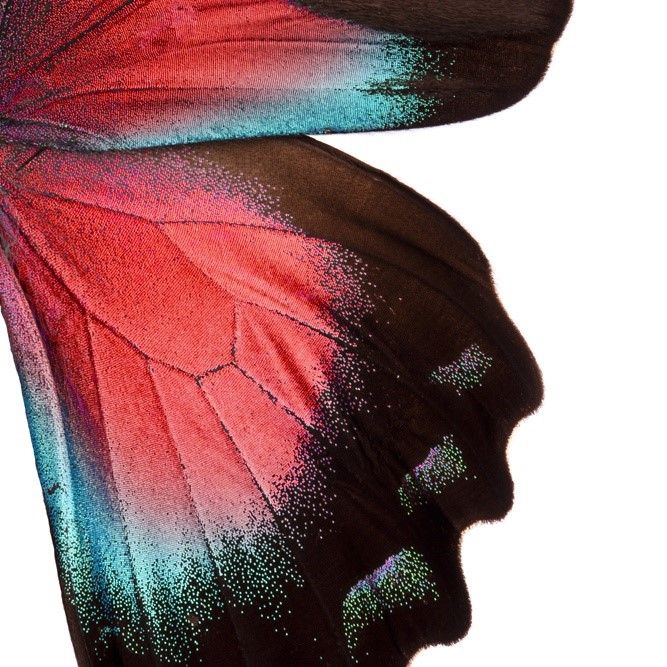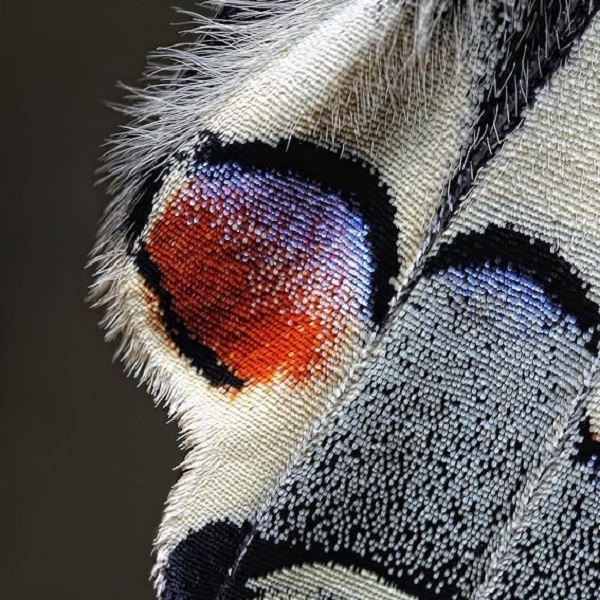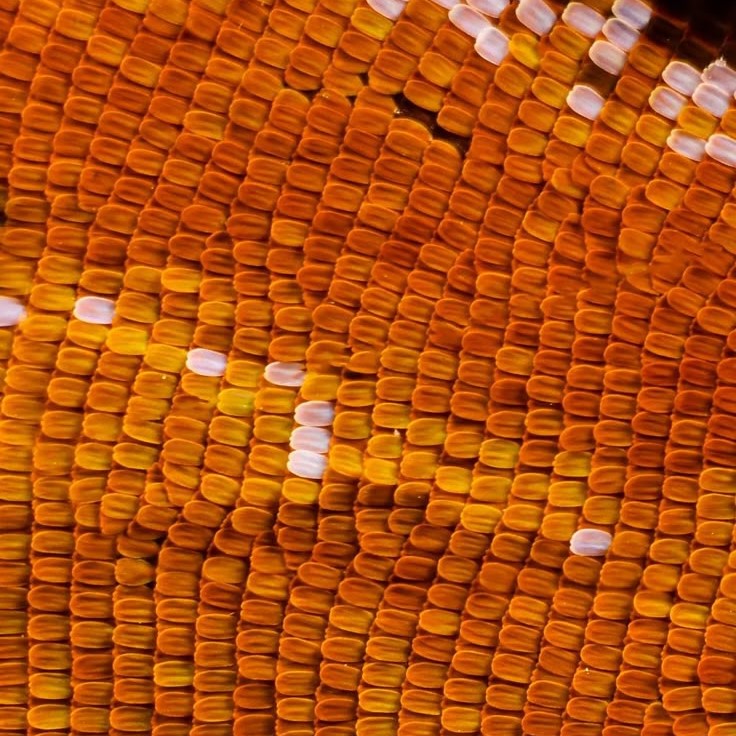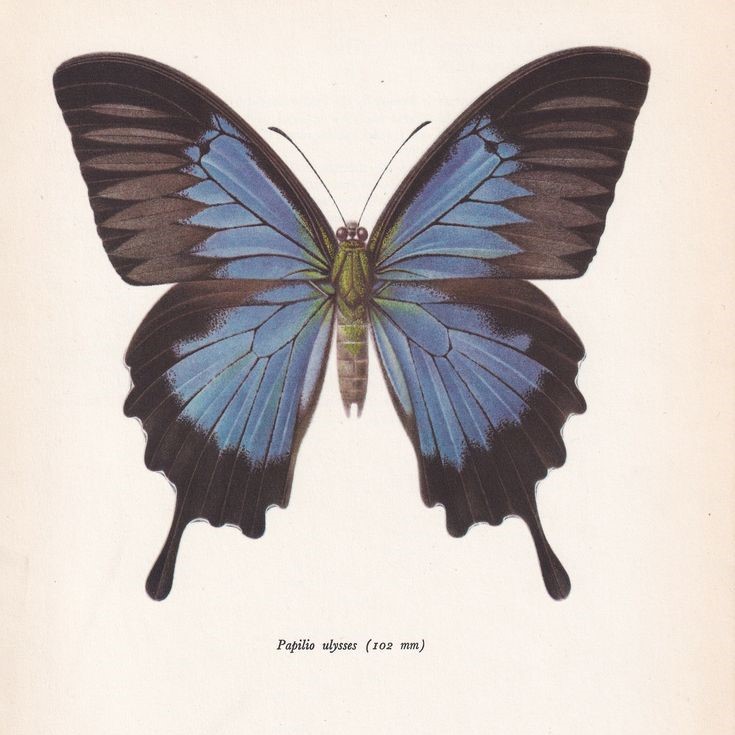The Fascinating Anatomy of Butterflies
The beauty of butterflies lies not only in their vibrant colors but also in their complex anatomical features. Observing a butterfly under microscope reveals details invisible to the naked eye, such as delicate scales, wing patterns, and structural adaptations. This microscopic journey provides insights into how these creatures interact with their environment and survive in diverse ecosystems. Whether you’re an amateur enthusiast or a professional scientist, exploring butterfly anatomy through magnification opens up new dimensions of understanding and appreciation.
Butterfly Wings Under the Microscope
A butterfly under microscope unveils the delicate structure of its wings. These wings consist of two layers of chitin covered in scales. The scales, which overlap like shingles on a roof, reflect light to create shimmering colors. Butterfly wings are clear, but scales give them color and patterns.
The wings’ strength and flexibility allow for flight, while the design impacts thermoregulation. Wings also help butterflies communicate and ward off predators. Viewing butterfly wings under the microscope shows a world of tiny ridges and grooves, each serving a purpose in survival.

Structure of Butterfly Scales
Butterfly scales are intricate. Under a microscope, each scale appears as a tiny, flattened structure. These scales are key for survival. They can deflect water, aid in flight, and create colors for mating or camouflage.
The microscope shows that scales vary in shape and size. Some have a flat surface, while others are curved. The scales attach to the wings with a root-like system that keeps them in place. Detailed examination can even reveal microstructures within scales that affect how light is reflected, thus altering the visible color. Each butterfly under microscope showcases a unique and fascinating system of scales, an artwork of nature itself.
Investigating Butterfly Metamorphosis
Butterfly metamorphosis is a remarkable process. It is the journey from caterpillar to adult butterfly. We see a complete change in form and function. This transformation has fascinated scientists for centuries.
Examining Larva to Pupa Transition
The transition from larva to pupa is a critical phase in the life of a butterfly. As a butterfly under microscope, we observe the larva, also known as a caterpillar, begin this process. When the time is right, the caterpillar stops eating. It then finds a safe spot to start its transformation into a pupa. During this stage, tissues break down and reorganize. It is during this time that the future butterfly’s wings, legs, and other key structures form. This transition is vital for the butterfly to reach its adult phase.
Chrysalis Formation and Development
After the transformation from larva to pupa, the chrysalis forms. This stage is known as pupation. When viewed under a microscope, the chrysalis reveals a protective outer shell. Within it, the butterfly continues its development. Through the chrysalis’s semi-transparent case, we can sometimes see the color change as the butterfly matures. This process involves the reorganization of cells. For the butterfly, this stage is about growth and change. Once the chrysalis stage is complete, a new butterfly emerges, ready for flight.

Butterfly Wing Patterns Close-Up
A close examination of butterfly wing patterns under the microscope reveals their complexity. These patterns are not just for beauty. They play a crucial role in butterfly survival.
The Role of Pigments and Structural Coloration
Under a microscope, we can see how pigments and structural coloration create butterfly wing patterns. Pigments provide some colors we see, like yellows or reds. Structural coloration occurs when light refracts through the microscopic scales’ intricate shapes. This process creates the vivid blues and iridescent hues that are so captivating. Both elements work together to produce the vast array of colors and patterns.
How Wing Patterns Aid in Survival
Wing patterns serve several important functions for butterflies. They can help in camouflage, hiding them from predators among leaves and flowers. Some patterns mimic the eyes of larger animals, deterring potential threats. Additionally, unique patterns help butterflies recognize and attract mates, ensuring species continuation. By studying a butterfly under a microscope, scientists have unraveled these survival strategies, enhancing our understanding of their world.
The Microscopic World of Butterfly Sensory Organs
The magic of butterflies extends beyond their wings to their surprisingly complex sensory organs. Amidst their tiny frames, these organs play crucial roles in survival.
Antennae: The Sense of Smell and Touch
Under the scrutiny of a microscope, the antennae of a butterfly are revealed to be multi-functional tools. They serve as sensitive detectors for both smell and touch. The feathery or knobbed ends of the antennae contain numerous receptor cells. These cells pick up chemical signals from the environment. They guide butterflies to food sources and potential mates. The antennae also detect air currents. This helps in navigation and maintaining stability during flight.
Compound Eyes: Vision in Butterflies
Butterfly eyes are compound, consisting of thousands of tiny lenses. Each lens captures a portion of the butterfly’s surroundings. When observed through a microscope, one can see a mosaic of information. This provides the butterfly with a wide field of vision. It’s crucial for spotting predators or locating flowers. Their ability to see ultraviolet light is another remarkable feature. It allows them to identify patterns on flowers and wings of fellow butterflies that are invisible to humans. The microscopic exploration of these sensory organs reveals intricacies vital to butterfly behavior and ecology. By using tools like microscopes, we gain a deeper understanding of how butterflies interact with their world.

Understanding Butterfly Genetics at the Microscopic Level
A butterfly under microscope reveals more than just beauty. It brings us face-to-face with genetic marvels that orchestrate the vibrant canvases we admire. By examining butterfly genetics, we understand the blueprint of these patterns.
Genes and the Variation of Wing Patterns
Each butterfly wing pattern is a genetic puzzle. It’s the outcome of specific genes at work. These genes dictate the array of colors and shapes on the wings. They act like painters on a tiny, biochemical canvas. Some genes control pigment production, while others influence the structure of scales. Minor changes in these genes can result in a big shift in appearance. This genetic variation explains why no two butterflies have the same pattern.
The Study of Butterfly DNA
Butterfly DNA is a window into evolution and species survival. Scientists use microscopes to look at chromosomes and genes. Small DNA sequences can determine a butterfly’s color, mating habits, and even how it flies. The DNA study tells us about butterfly ancestry and how species adapt over time. It helps unravel the mystery of how simple caterpillars transform into flying artworks. This research is key to conservation efforts, ensuring these creatures continue to thrive.
Butterfly Microscopy Techniques
To delve deeper into the world of butterflies, specific microscopy techniques are necessary.
Preparing Butterfly Specimens for Microscopic Viewing
Preparing butterfly specimens begins with careful handling as their wings and body structures are delicate. Specimens are often euthanized using ethyl acetate for humane reasons. Once dead, they are pinned and spread to showcase wing patterns and anatomy clearly. The process involves drying the specimens in a way that prevents decay but maintains their color and structure. Sometimes, clearing agents may be applied to the wings to make them more transparent under the microscope, allowing a clearer view of the scales and vein patterns.
Advancements in Microscopic Imaging
Advancements in microscopic imaging have revolutionized our view of these insects. High-resolution electron microscopes can capture the finest details of butterfly scales and wing structures at a molecular level. Innovations such as confocal microscopy and digital imaging provide three-dimensional, high-quality images. These technologies allow us to observe the arrangement of scales and pigments, which tie directly to genetic information. The implications of these advancements are monumental, not only for academic study but also for conservation strategies.

Such precise techniques in butterfly microscopy illuminate the secrets of these creatures’ intricate designs. Through high-powered lenses, a butterfly under microscope becomes a source of endless fascination and scientific discovery.
The Ecological Insights from Microscopic Analysis
Delving into the microscopic world of butterflies offers ecological insights that are as rich as they are vital. A butterfly under microscope not only fascinates with its beauty but also educates us about biodiversity and the health of ecosystems.
Butterfly Biodiversity and Ecosystem Roles
Observing butterflies at the microscopic level highlights their diversity. Each species of butterfly plays a unique role in its environment. Some pollinate specific plants, which is crucial for plant reproduction. Others are a food source for predators, helping to maintain the balance in the food chain. Microscopic studies also allow us to see the differences in butterfly anatomy, hinting at their varied lifestyles and habitats.
Microscopy can show us the specialized parts of butterflies that are adapted to their ecological niches. For instance, the structure of their mouthparts can reveal their feeding preferences, which in turn impact plant pollination.
Interpreting Environmental Changes through Butterflies
Butterflies are indicators of environmental change. A butterfly under microscope can show us environmental stresses, like pollution effects, in their anatomy or wing patterns. Changes in butterfly populations or diversity can alert scientists to ecological shifts.
Microscopic analysis can detect early signs of habitat alteration that may not be visible to the naked eye. Such findings steer conservation efforts, highlighting the areas and species in need of protection. By understanding these miniature creatures at such a granular level, we are better equipped to gauge the health of our environment and act accordingly.
Microscopic study, therefore, not only unravels the hidden beauty of butterflies but serves as a looking glass into the well-being of their world.
Microscopic Photography of Butterflies
Exploring butterflies through a lens brings out hidden details. Microscopic photography exposes an array of exquisite features.
Capturing the Intricate Beauty
Microscopic photos reveal the detailed textures on wings. High-resolution images show vibrant colors and intricate patterns. Each photo captures a moment of silent splendor. These images draw us closer to the natural elegance of butterflies. Photographers use precision to record the minutiae of these insects. The beauty captured through this process can inspire and educate.
Challenges in Microscopic Butterfly Imaging
Taking photos of a butterfly under microscope involves several hurdles. Keeping the insect still during shooting is crucial. Finding the right lighting to avoid harsh shadows or reflections is challenging. Photographers have to handle the delicate subjects with great care. It takes skill to photograph without causing damage. Plus, the high magnification exposes any small movement. These challenges require photographers to be patient and creative in their approach.
Applications in Education and Research
Educational Benefits
- Hands-On Learning: Studying butterflies and other insects under microscopes offers valuable hands-on learning experiences for students. This practical approach enhances engagement by bringing biology lessons to life and making abstract concepts more tangible.
- Enhancing Observation Skills: Using microscopes helps students develop critical observation skills as they learn to identify details in the structures and behaviors of butterflies. This encourages a sense of curiosity and exploration.
- Integration into Curriculum: Many schools incorporate these activities into their science curricula, allowing students to explore various biological concepts, including anatomy, metamorphosis, and ecological roles of butterflies in their environments.
Research Advancements
- Advanced Imaging Techniques: Researchers leverage sophisticated imaging techniques to study butterflies and their cellular processes. This includes methods like electron microscopy, which allows for observation at a much higher resolution than traditional optical microscopes.
- Investigating Molecular Processes: By examining molecular processes occurring within cells or tissues, researchers can uncover insights into genetics, development, and the effects of environmental factors on butterfly physiology.
- Contributions to Various Fields: The findings from these research efforts contribute significantly to advancements in various fields such as medicine (understanding diseases through model organisms), agriculture (studying pollination and pest management), and technology (developing new imaging technologies).
Innovations and Implications
- Improvements in Biological Understanding: Both educators and researchers benefit from a deeper understanding of biological systems. This knowledge can lead to new discoveries and innovations that address real-world challenges in health and environmental sustainability.
- Influencing Agriculture and Medicine: Research on butterflies and their behaviors can inform agricultural practices, such as promoting biodiversity and improving crop pollination, while also contributing to medical research, like drug discovery through the study of natural compounds.
Fostering Curiosity
- Encouraging Inquiry-Based Learning: Engaging students with butterfly studies fosters curiosity about natural phenomena, encouraging them to ask questions and seek answers through observation and experimentation.
- Lifelong Learning Opportunities: By nurturing an interest in biology and the natural world, education in this area promotes lifelong learning opportunities across disciplines, motivating students to explore further in science, conservation, and related fields.
- Cross-Disciplinary Connections: The study of butterflies can connect various disciplines, including ecology, environmental science, and even art (through the aesthetics of butterfly wing patterns), showcasing the interconnectivity of knowledge.
Conclusion: Unlocking Wonders Through Microscopic Exploration
In conclusion, examining a butterfly under microscope offers endless possibilities for discovery and enjoyment. From revealing stunning wing structures to uncovering secret patterns, this activity enhances appreciation for one of Earth’s most enchanting creatures. Remember, keywords like butterfly under microscope open doors to rich educational experiences benefiting everyone involved. So grab your tools and embark on a microscopic adventure today!





